Benign Prostatic Hyperplasia (BPH)
What is benign prostatic hyperplasia (BPH)?
Benign Prostatic Hyperplasia (BPH), commonly known as prostate enlargement, is a natural part of aging in men. The prostate gland, which reaches its normal size around puberty, gradually enlarges starting from the third decade of life and onward.
Due to its anatomical position, an enlarged prostate can compress the urethra, causing urinary symptoms associated with BPH. The prevalence of BPH increases with age, affecting around 10% of men in their 40s, 50% in their 50s, and up to 90% of men over 80.
Testosterone, along with specific growth factors and genetic predisposition, plays a role in prostate growth in BPH.
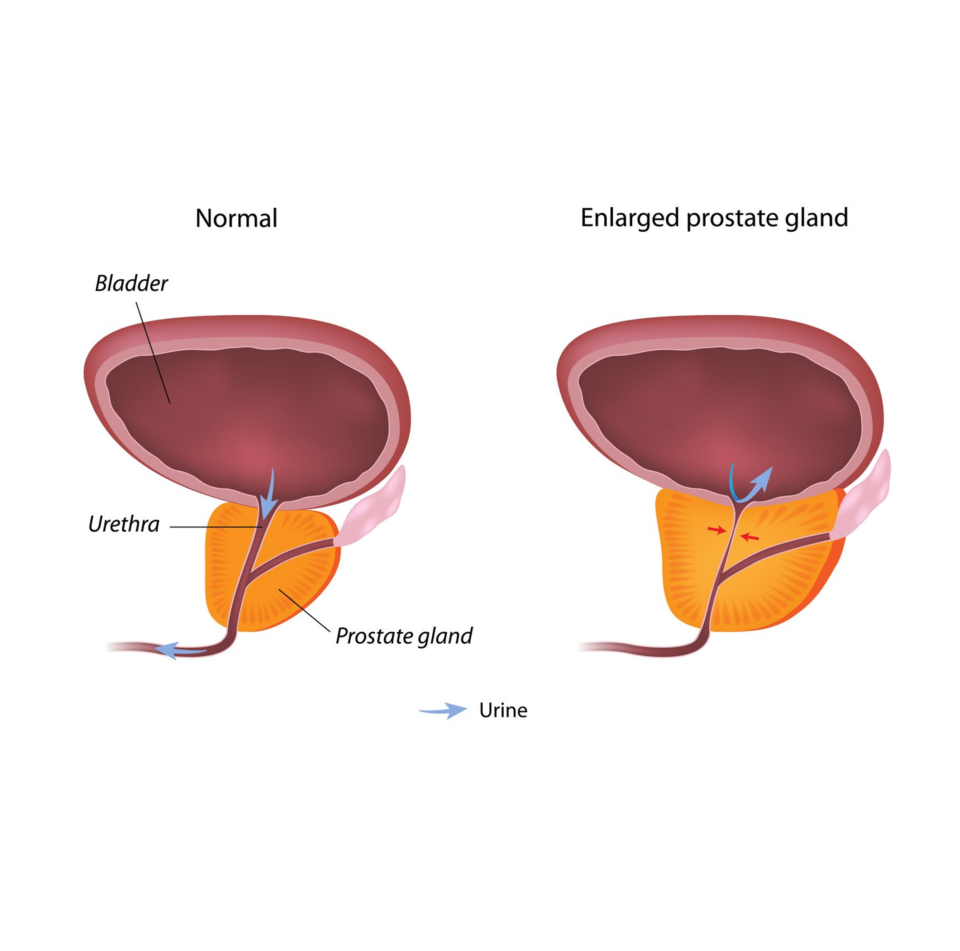
What are the Symptoms?
Symptoms of BPH stem from urethral narrowing and can manifest as irritative (such as urgency and frequency of urination) or obstructive (including weak urine stream and incomplete emptying of the bladder). Interestingly, some men with enlarged prostates may experience no symptoms, while others with smaller prostates may have severe symptoms.
Complete blockage of the urethra can lead to acute urinary retention, requiring immediate medical attention.
How is it diagnosed?
Diagnosis typically involves a patient reporting urinary symptoms to their general practitioner (GP), who may conduct a prostate examination and order tests like PSA (prostate-specific antigen) blood test to rule out prostate cancer. Referral to a urologist may follow for further evaluation, which may include urine flow rate measurement, urine tests, ultrasound scans, and cystoscopy.
What are some of the treatment options?
Treatment options for BPH include medications and surgical interventions. Medications include alpha-blockers and drugs that inhibit dihydrotestosterone production. Surgical options include Trans Urethral Resection of Prostate (TURP), laser prostatectomy, and other minimally invasive procedures.
TURP involves removing prostate tissue to widen the urinary channel, traditionally considered the gold standard treatment for BPH-related bladder obstruction. However, advancements in laser technology have made it an increasingly viable alternative.
Some men may require additional surgery following TURP, with approximately 10% needing a repeat procedure within eight years. Bladder neck stenosis, caused by scar tissue formation, may necessitate earlier intervention in about 15% of TURP patients.
What minimally invasive procedures are available?
Newer minimally invasive procedures available for treating benign prostatic hyperplasia include Aquablation, Rezum, Urolift and iTind.
Aquablation
Aquablation therapy utilises a high-velocity water jet to precisely remove prostate tissue. This procedure is guided by real-time imaging, allowing for accurate and controlled removal of the enlarged prostate tissue while preserving surrounding healthy tissue. Aquablation offers the advantage of being minimally invasive and has shown promising results in improving urinary symptoms associated with BPH.
View the video of the procedure here:
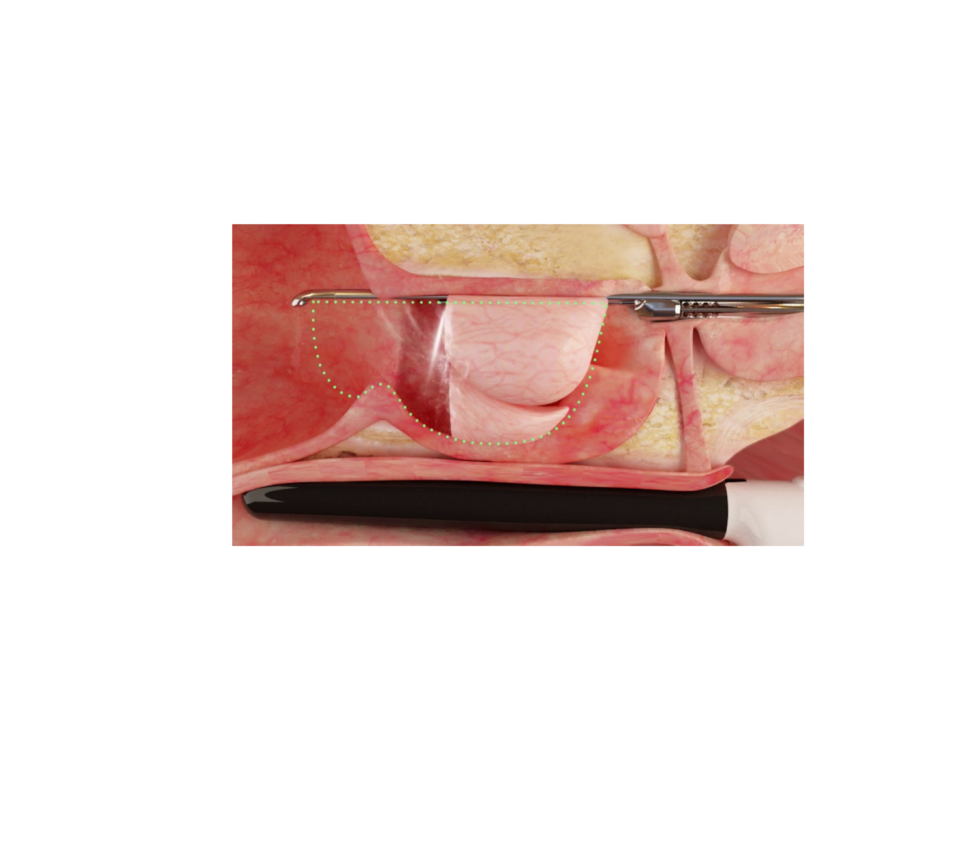
Rezum
Rezum therapy involves the delivery of steam energy directly into the prostate tissue. The steam causes targeted destruction of the excess prostate tissue, leading to shrinkage of the gland over time. Rezum is typically performed as an outpatient procedure and has been found to be effective in reducing urinary symptoms and improving urinary flow in patients with BPH. It is often preferred by patients seeking a minimally invasive option with fewer side effects compared to traditional surgery.
View the video of the procedure here
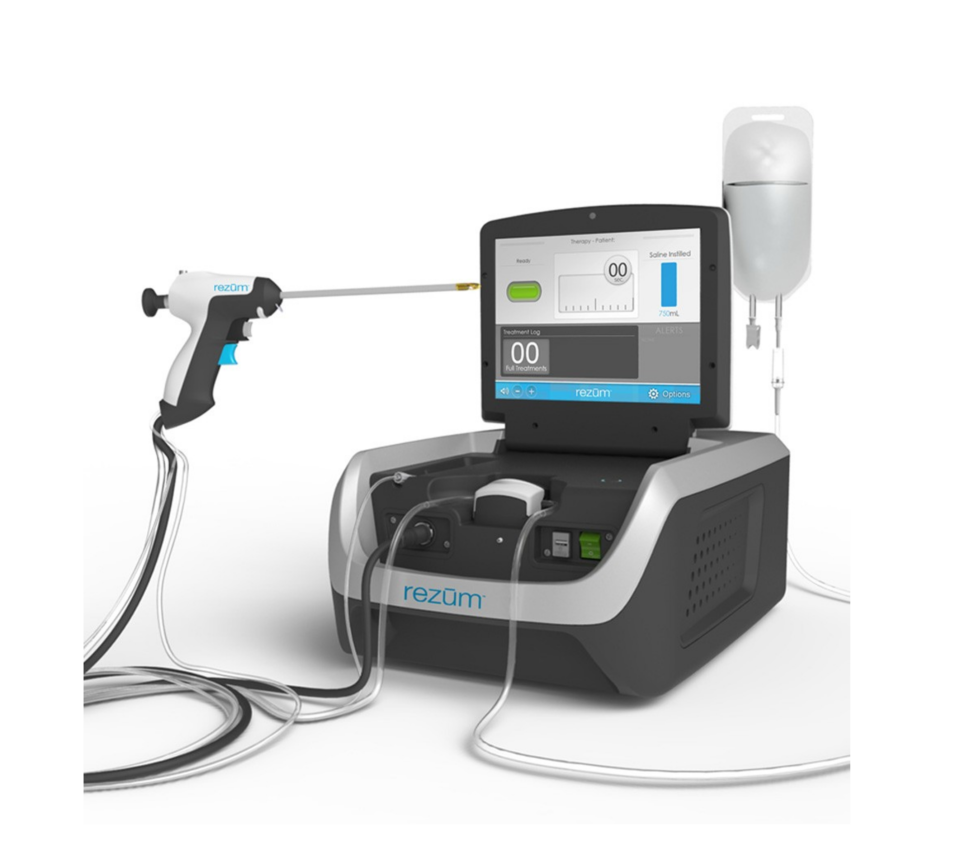
Urolift
Urolift is a minimally invasive procedure that involves the placement of small implants in the prostate tissue to lift and hold the enlarged prostate away from the urethra. This action helps to widen the urinary channel, relieving obstruction and improving urine flow. Urolift is performed under local anesthesia and typically does not require overnight hospitalisation. It offers the advantage of preserving sexual function and has been shown to provide significant symptom relief in patients with BPH.
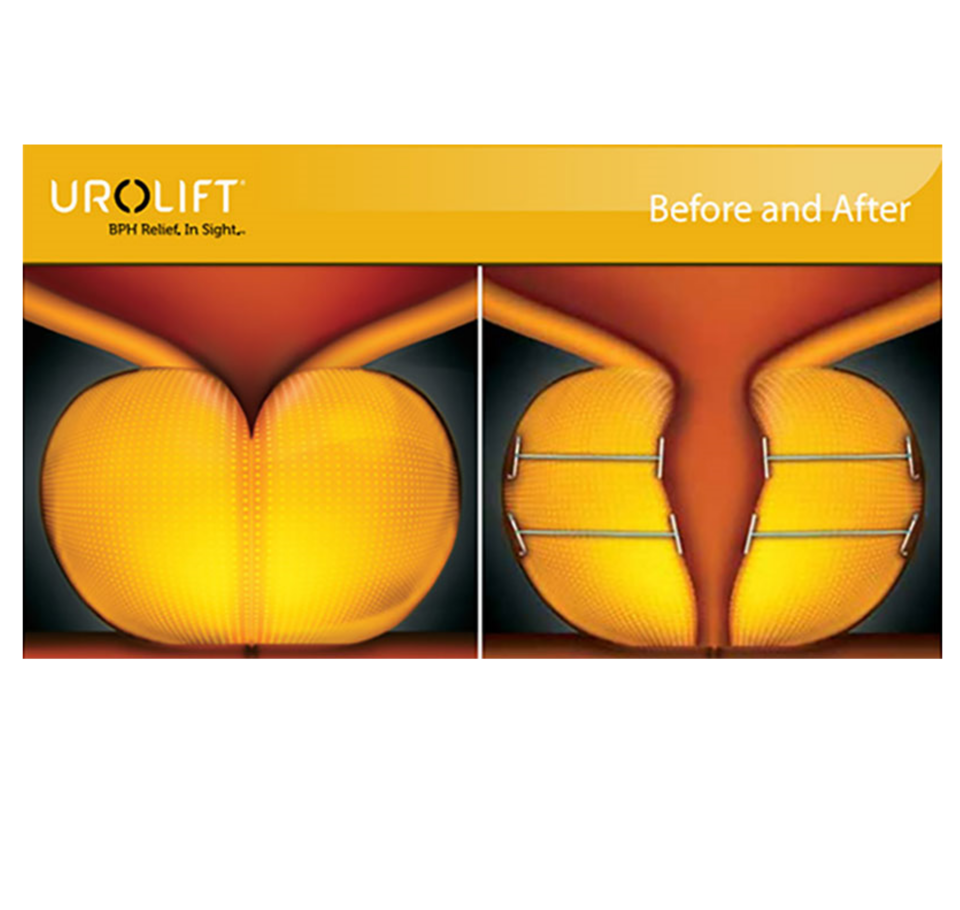
iTind
iTind (temporary implantable nitinol device) involves the insertion of a temporary implant into the prostate, which gradually reshapes the tissue to alleviate urethral obstruction. It offers a non-thermal, non-ablative treatment option with minimal risk of sexual side effects. iTind provides effective long-term relief from BPH symptoms and is suitable for patients seeking alternatives to traditional surgery. These minimally invasive procedures provide additional choices for patients with BPH, offering effective symptom relief with fewer complications and shorter recovery times compared to traditional surgical methods. It’s essential for patients to discuss these options with their urologist to determine the most suitable treatment approach based on their individual needs and preferences.
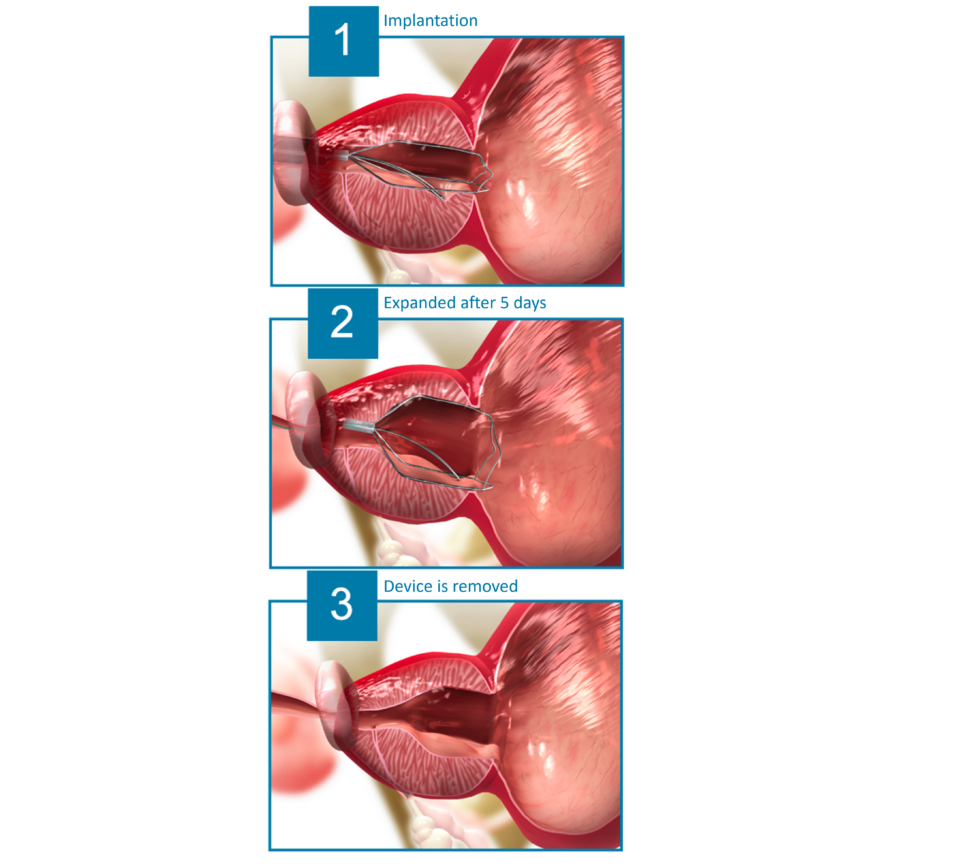
These newer treatment options provide additional choices for patients with BPH, offering effective symptom relief with fewer complications and shorter recovery times compared to traditional surgical methods. It’s essential for patients to discuss these options with their urologist to determine the most suitable treatment approach based on their individual needs and preferences.